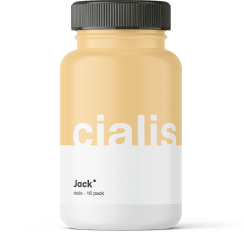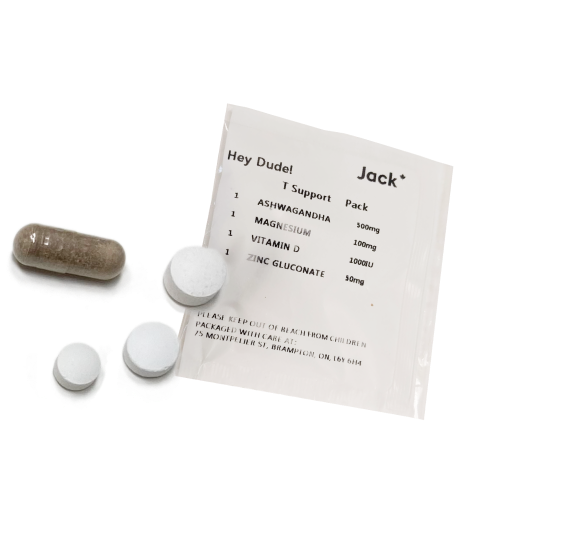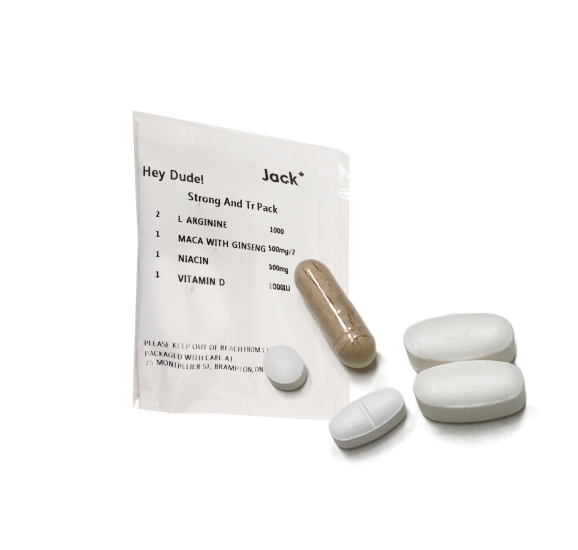Testosterone is the key male sex hormone that plays a vital role in everything, from muscle development and mood to sexual health and energy levels. As men age, it’s common for T-levels to drop. But abnormally low levels can significantly impact the overall quality of life.
Low testosterone often shows up as constant fatigue, low libido, and a lack of motivation. This makes it harder to enjoy activities or maintain productivity at work and home.
The good news? It’s manageable and often reversible.
Understanding what’s going on with your testosterone can help you take back control of your health and your confidence. In fact, early detection and treatment can even help prevent long-term health complications, like osteoporosis and cardiovascular issues.
Symptoms of Low Testosterone in Men
Low testosterone (Low-T) can manifest differently in every man. And the effects show up in both subtle and the most obvious ways. Here are the most common symptoms of Low-T:
General Symptoms of Low Testosterone
- Fatigue and lack of energy
- Decreased libido or sexual drive
- Difficulty concentrating or brain fog
Physical Symptoms of Low Testosterone
- Loss of muscle mass.
- Increased body fat.
- Decreased bone density and possible osteoporosis.
Emotional and Psychological Symptoms
- Irritability and mood swings.
- Depression or feeling low.
- Increased anxiety.
Other Symptoms to Watch For
- Poor sleep quality.
- Decreased body hair growth or thinning.
- Low semen volume.
What is Low Testosterone?
Testosterone is the main male sex hormone, produced primarily in the testicles. It regulates the development of male physical characteristics, supports muscle and bone strength, influences mood, and drives sexual function.
Low testosterone, also clinically called male hypogonadism, occurs when the testicles produce less testosterone than normal.
Unlike estrogen (female sex hormone), which drops rapidly in women during menopause, testosterone declines gradually in men, about 1–2% per year after age 30.
What Happens When Testosterone Levels Are Low?
- Physical Health: Low-T is linked to reduced muscle mass and may also lead to weight gain or fat accumulation, especially around the belly. It can also be indicated by reduced bone density, which raises the risk of osteoporosis and fractures.
Some men notice a decrease in body hair growth or thinning of facial hair, similar to a patchy beard.
- Mental Health: Low testosterone can affect clarity and focus, making it harder to concentrate or remember simple tasks. This hormonal imbalance can increase your risk of depression or anxiety.
- Impact on Libido, Mood, and Energy: Low-T is characterized by low energy and fatigue and may present as mood swings and irritability. It is also associated with decreased libido, affecting sexual health.
What Causes Low Testosterone in the Body?
Low testosterone can be caused by a variety of factors, ranging from natural aging to certain health conditions and lifestyle choices. Identifying the root cause is essential for determining the most effective treatment approach.
- Aging: Testosterone is often overlooked in men over 40, but studies show it begins to decline by about 1% per year after age 30.
- Health Conditions: Diabetes: 25% of men with Type II Diabetes have low testosterone due to insulin resistance. Obesity: 30% of obese men have low testosterone. Thyroid Disorders: Low thyroid function disrupts hormonal balance.
- Genetic Factors, Injury, or Surgery: Conditions like Klinefelter syndrome impair testicular function, and testicular damage from trauma, cancer treatments, or surgery can also cause primary hypogonadism.
- Lifestyle Factors: Chronic stress, poor diet, lack of exercise, and substance abuse (alcohol, drugs) contribute to low testosterone.
- Toxins and Chemicals: Exposure to endocrine-disrupting chemicals (e.g., BPA, pesticides) can interfere with testosterone production.
- Medications: Certain medications (like opioids and steroids) have been shown to suppress natural testosterone production.
How to Increase Testosterone Levels
The right mix of habits, medical options, and lifestyle changes can help restore balance. Let’s look at the safest and most effective ways to boost your levels.
Natural Ways to Boost Testosterone
- Nutrition: Zinc-rich foods like beef and pumpkin seeds, healthy fats from salmon and avocados, and even vitamin D from sunlight, all support testosterone production.
- Exercise: Low testosterone can be improved through strength training and high-intensity interval training (HIIT).
- Sleep & Stress Management: Aim for 7–9 hours of quality sleep, as testosterone is produced during REM sleep. Stress-reduction activities, such as meditation and yoga, also promote hormonal health.
Medical Treatments for Low Testosterone
Testosterone Replacement Therapy (TRT) is a proven method that works by supplementing the body’s natural testosterone through injections, oral medications, implants, gels, or patches.
These medically supervised options are normally administered in in-person clinics. But TRT is also available through online clinics for those who prefer the convenience of remote treatment and delivery.
While TRT is effective for many, it’s not for everyone. The pros and cons should be discussed with your doctor to ensure safety. It is also not without trade-offs. The cost of testosterone injections and regular monitoring can add up. So it’s important to understand the full cost of treatment before starting.
Lifestyle Changes to Support Healthy Testosterone Levels
- Cut back on alcohol and avoid smoking, both of which are known to negatively impact hormone production.
- Stay active and maintain a healthy weight, as excess body fat can increase estrogen conversion, potentially lowering testosterone levels.
Prevalence and Implications of Low Testosterone in Canadian Men
Testosterone deficiency affects 25% of Canadian men aged 40 to their early 60s. Testosterone testing and specialist consultations are typically covered by provincial health plans, such as OHIP or MSP, when deemed medically necessary.
TRT may also be partially covered, especially for diagnosed hypogonadism, though coverage varies by province and treatment type. Private insurance often helps cover prescriptions and monitoring, but patients may still need to pay out-of-pocket for certain medications or delivery methods.
Key Takeaways
- Low testosterone (Low-T, male hypogonadism) causes physical, emotional, and sexual symptoms, impacting quality of life.
- Causes include aging, health conditions, lifestyle factors, and exposure to environmental toxins.
- In Canada, a range of TRT options are available both in-person and online, making treatment more accessible than ever.
Frequently Asked Questions
Can low testosterone cause weight gain?
Yes, low testosterone is linked to increased body fat, particularly abdominal fat, due to reduced muscle mass and metabolism.
Is testosterone replacement therapy safe?
TRT is generally safe for men with confirmed hypogonadism when monitored by a healthcare provider.
At what age do testosterone levels start to drop?
Testosterone levels typically begin to decline around age 30, with a gradual decrease of about 1% per year.













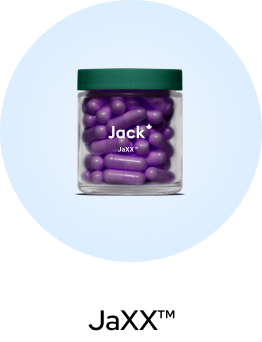
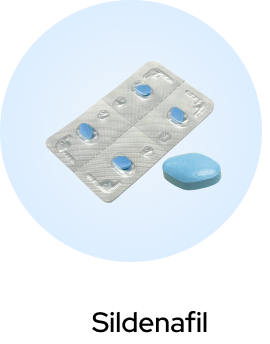
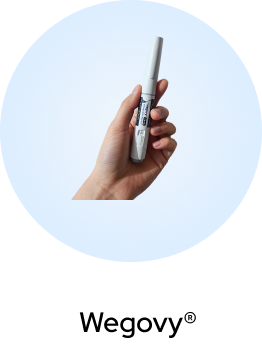
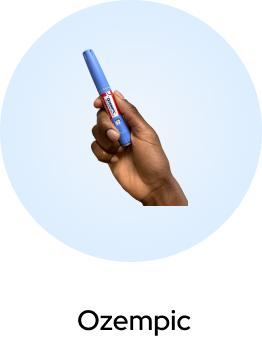


 (US)
(US)